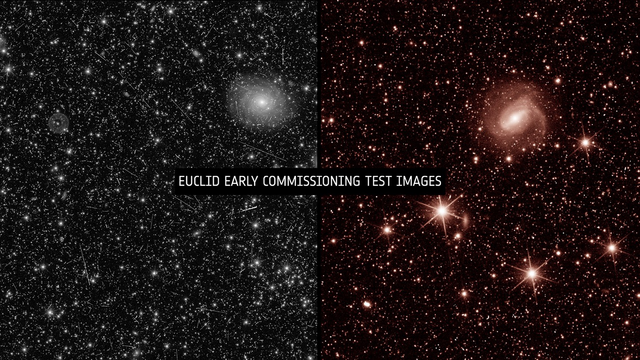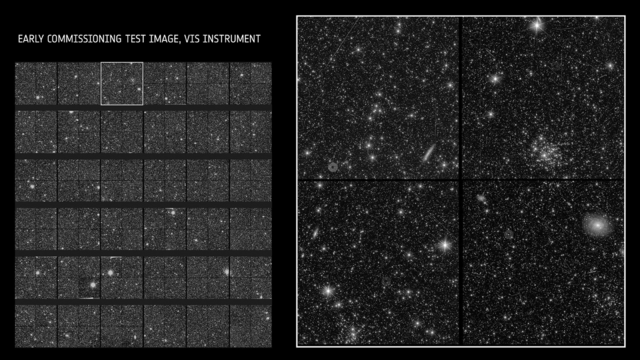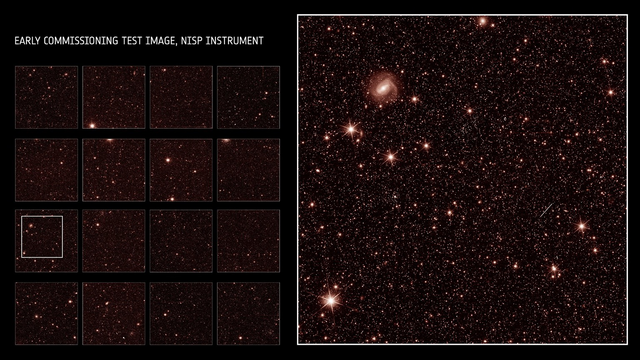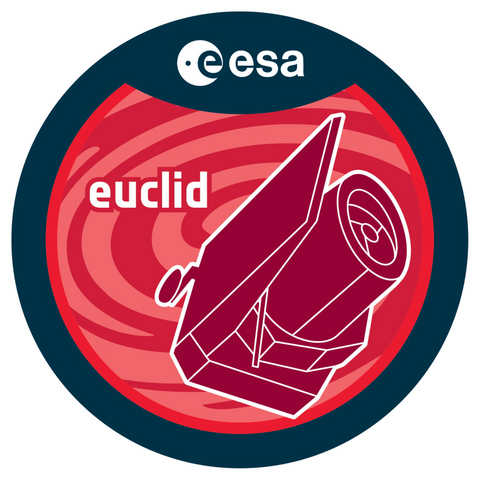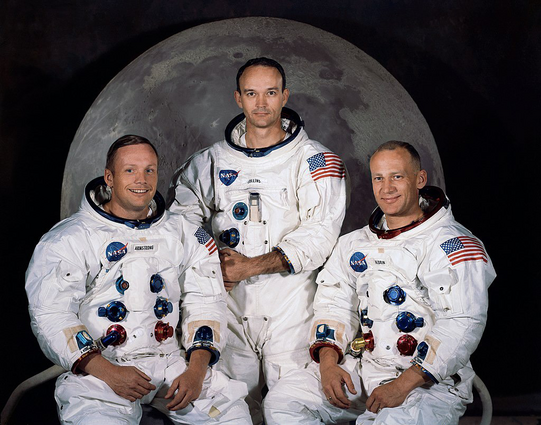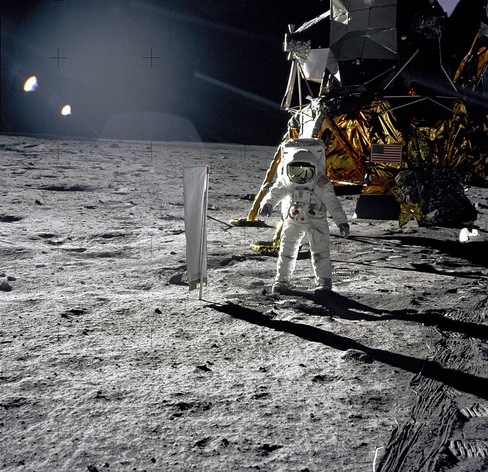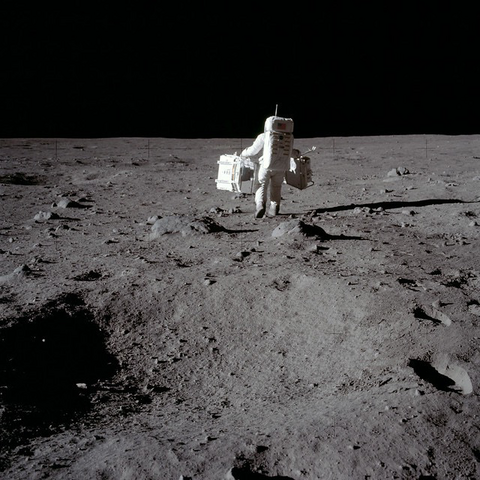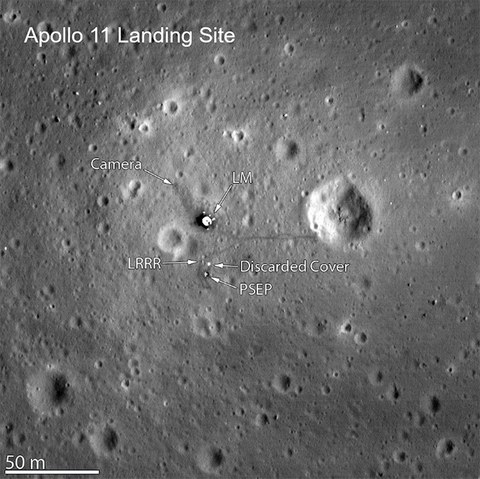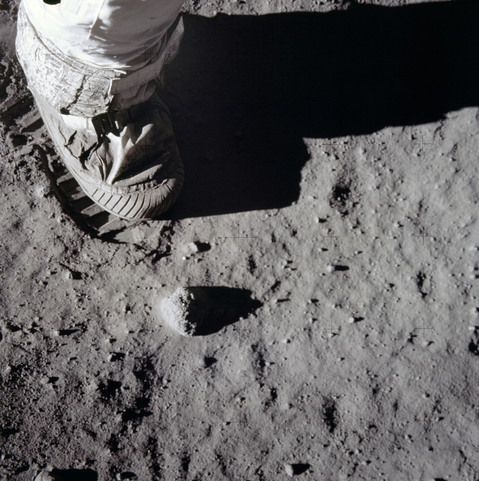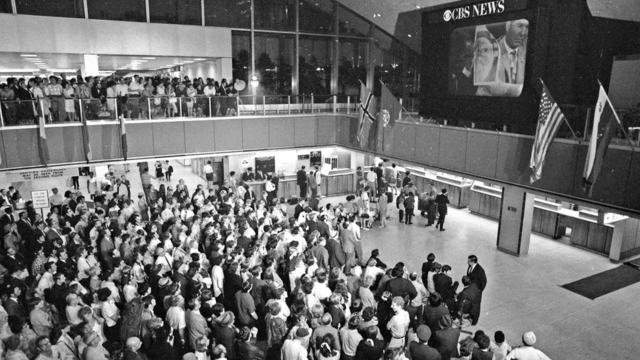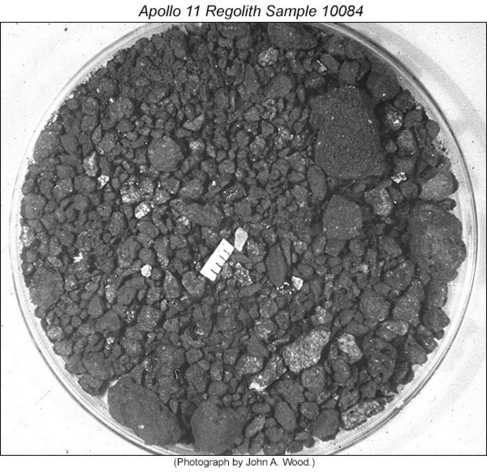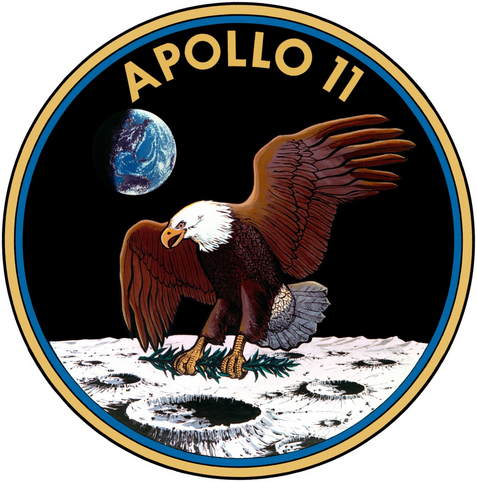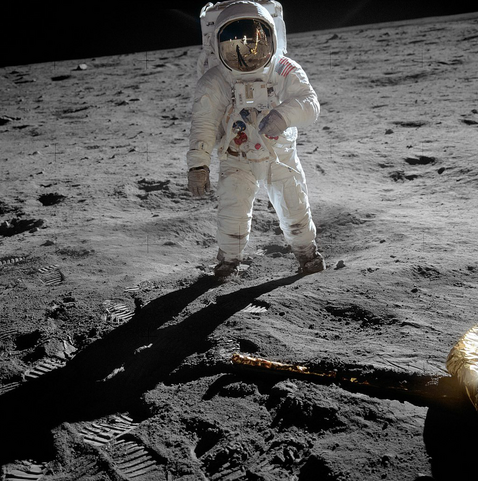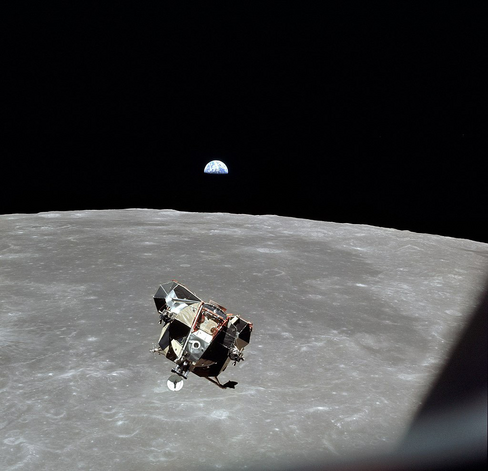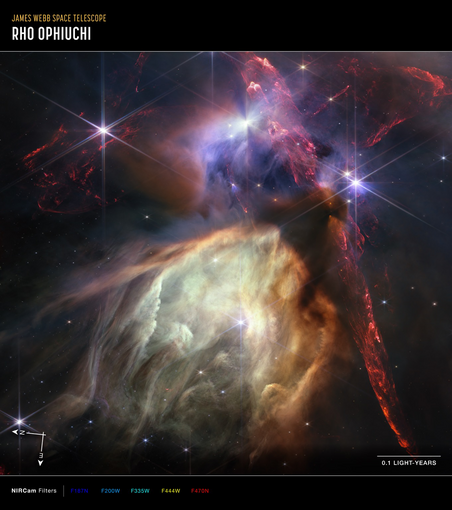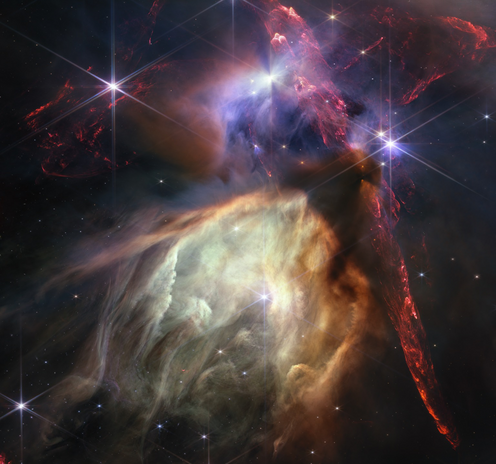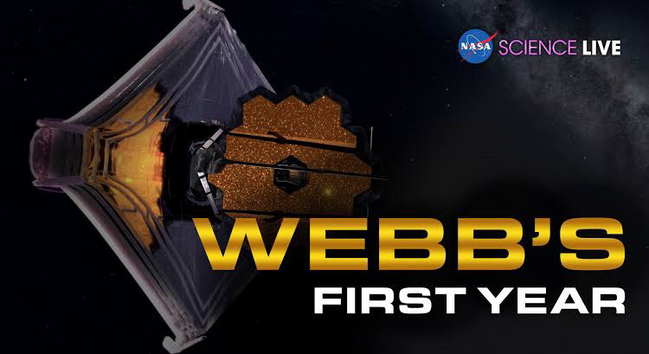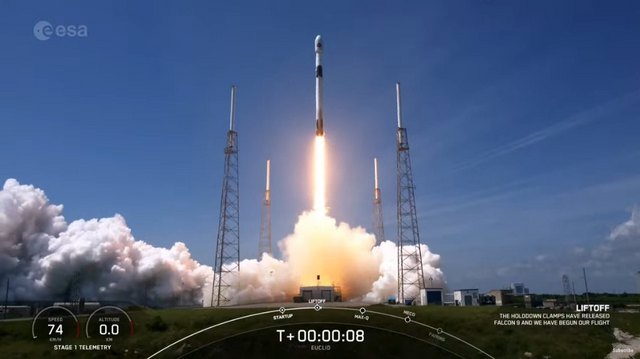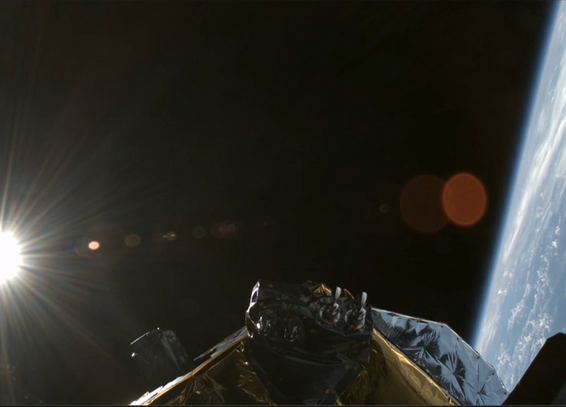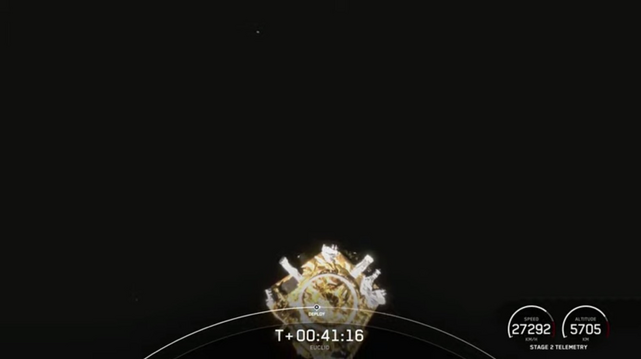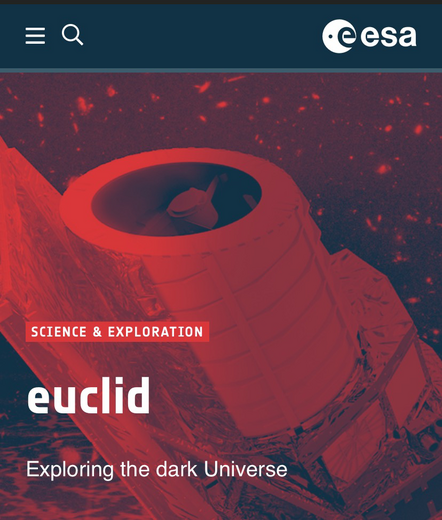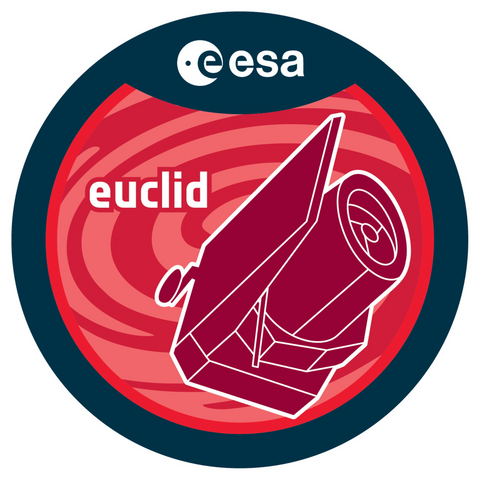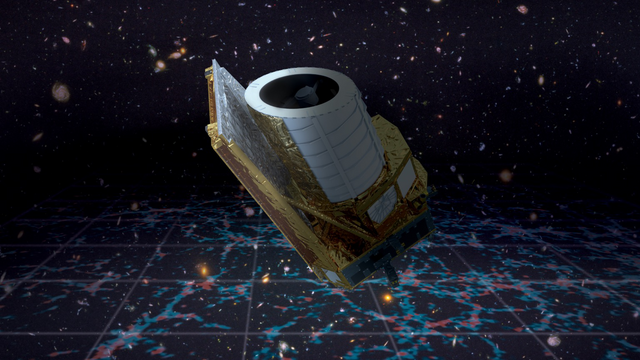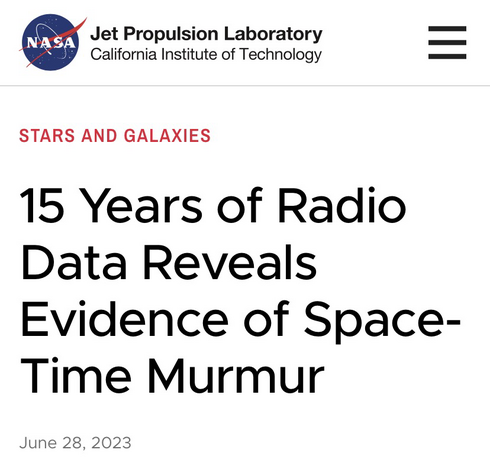#SpaceMastodon
#ICYMI: The first test images from #ESA’s #Euclid mission have just been released, providing a sneak peek into the incredible discoveries that await us from this groundbreaking mission to explore the composition and evolution of the #DarkUniverse.
More information: https://www.esa.int/Science_Exploration/Space_Science/Euclid/Euclid_test_images_tease_of_riches_to_come
#SpaceMastodon #Space #AstronomyMastodon #Astrodon #Astronomy #ScienceMastodon #Science #DarkMatter #DarkEnergy #Universe
Stay up to date with the latest developments of #ESA’s #Euclid mission by visiting the official Euclid page and discover more about this exciting project and its groundbreaking discoveries: https://www.esa.int/Science_Exploration/Space_Science/Euclid
#SpaceMastodon #Spacedon #Space #AstronomyMastodon #Astrodon #Astronomy #ScienceMastodon #Sciencedon #Science #EuclidMission #DarkMatter #DarkEnergy #DarkUniverse #Universe
The first engineering images from #ESA’s #Euclid mission are set to be released on Monday (July 31, 2023), which will provide new insights into the mysteries of the cosmos. The goal is to help us understand the nature of dark matter and dark energy, and how they impact the course of the universe.
#SpaceMastodon #Spacedon #Space #AstronomyMastodon #Astrodon #Astronomy #ScienceMastodon #Sciencedon #Science #EuclidMission #DarkMatter #DarkEnergy #DarkUniverse #Universe
“We consider first contact less as an event and more as a long process that has already begun.”
And if humans aren’t careful and prepared as they listen for alien life, we could make the mistakes of colonizers in Earth history.
Members of an #Indigenous studies working group are thinking about how to have a better outcome.
https://theconversation.com/first-contact-with-aliens-could-end-in-colonization-and-genocide-if-we-dont-learn-from-history-207793
#Space #SpaceMastodon #SETI
Ever since neutron stars were discovered, researchers have been using their unusual properties to probe our universe. But to accurately interpret some of the neutron stars’ signals, researchers must first understand what goes on inside them.
✍️ Katie McCormick
🔄 Republished: Scientific American
👉 Read now: https://www.scientificamerican.com/article/ultracold-gases-can-probe-neutron-star-guts/
#science
#sciencemastodon
#astronomy
#AstronomyMastodon
#KnowableMagazine
#Space
#SpaceMastodon
#NASA
#OTD: On July 20, 1969, Neil Armstrong took one small step from his spindly spacecraft onto the surface of the moon half a century ago. Thus began a story that would revise science’s knowledge of our origins.
A lot has changed since Apollo, but our exploration of the moon, and even of the samples collected a half-century ago, continues.
#Apollo11 (#SaturnV SA-506 rocket) launched from #KennedySpaceCenter's Launch Complex 39A on July 16, 1969, carrying Commander #NeilArmstrong, Command Module Pilot #MichaelCollins and Lunar Module Pilot #Edwin "#Buzz" #Aldrin on a journey to the #Moon. #NeilArmstrong and #BuzzAldrin spent 21 hours, 36 minutes on the #Moon's surface.
Thread: 3/3
#SpaceMastodon #Spacedon #Space #AstronomyMastodon #Astrodon #Astronomy #ScienceMastodon #Sciencedon #Science #Apollo #ApolloMissions #MoonMissions
On July 20, 1969, Astronauts #NeilArmstrong and #BuzzAldrin became the first #Earth humans to step onto the lunar surface. Together they collected 47.5 pounds of lunar material for return to Earth. An estimated 650 million Earth humans watched this historic event. #Apollo11 set the stage for continued exploration of the #Moon.
Thread: 2/3
#SpaceMastodon #Spacedon #Space #AstronomyMastodon #Astrodon #Astronomy #ScienceMastodon #Sciencedon #Science #Apollo #ApolloMissions #MoonMissions
“That’s one small step for a man, one giant leap for mankind.”
54 years ago #Today, this moment marked a turning point in history.
#Apollo11 was the #Apollo program mission that landed the first #Earth humans on the #Moon.
Learn about the Apollo 11 mission + explore media galleries and more: https://www.nasa.gov/mission_pages/apollo/missions/apollo11.html
Thread: 1/3
#SpaceMastodon #Spacedon #Space #AstronomyMastodon #Astrodon #Astronomy #ScienceMastodon #Sciencedon #Science #MoonMissions
("Who knows! We'll have to discuss! Categories are fluid things!" is a perfectly fine response to this btw- just want to know if this presents the contradiction I think it does as a layperson)
Question for #SpaceMastodon #space ...
My understanding of the 2006 change in the IAU definition of #planet (the one that excluded #Pluto and other dwarf planets) was that it cleared out its orbit. If two planets share the same orbit, are they still planets under this definition, or are they something else?
Article: Two planets sharing same orbit around their star? Astronomers find strongest evidence yet | AP News
https://apnews.com/article/double-planets-same-orbit-6c9a49378b0333724d01b08dc422d9aa
More information about #Webb’s first anniversary image:
• #NASA: https://www.nasa.gov/feature/goddard/2023/webb-celebrates-first-year-of-science-with-new-image
• #ESA: https://esawebb.org/news/weic2316/
• @spacetelescope: https://webbtelescope.org/contents/news-releases/2023/news-2023-128
Image: Rho Ophiuchi (NIRCam compass image)
#SpaceMastodon #Spacedon #Space #AstronomyMastodon #Astrodon #Astronomy #ScienceMastodon #Sciencedon #Science #JamesWebbSpaceTelescope #JWST
The #JamesWebbSpaceTelescope celebrates its first anniversary of science operations with an exquisite image of a star-forming region in the #RhoOphiuchi cloud complex, located 390 light-years away. This close-up reveals the birth of Sun-like stars, making it the closest known star-forming region to Earth.
#SpaceMastodon #Spacedon #Space #AstronomyMastodon #Astrodon #Astronomy #ScienceMastodon #Sciencedon #Science #JWST #Webb
Congratulations to the amazing #Webb team on one year of groundbreaking discoveries! The #JamesWebbSpaceTelescope has completely transformed our understanding of the universe, opening new frontiers of exploration and igniting our curiosity. Here's to many more years of awe-inspiring revelations!
#SpaceMastodon #Spacedon #Space #AstronomyMastodon #Astrodon #Astronomy #ScienceMastodon #Sciencedon #Science #JWST
Nice update video from Lab Padre YouTube channel.
#Starship #BocaChicaTx
#StarbaseTx
#CapeCanaveral #PortCanavarel
#SpaceMastodon
#Space
https://youtu.be/grqeGIBaZ-c
#ESA’s #Euclid mission launched today on a #SpaceX #Falcon9 rocket. The space telescope is headed to Sun-Earth L2, 1.5 million km from Earth, to survey the sky and uncover the mysteries of dark matter and dark energy. Below are actual launch and deployment photos.
For updates and more information, visit https://esa.int/euclid
#SpaceMastodon #Spacedon #Space #AstronomyMastodon #Astrodon #Astronomy #ScienceMastodon #Sciencedon #Science #SpaceTelescopes #DarkMatter #DarkEnergy #DarkUniverse
Congratulations to the team that make up the #Euclid mission on their successful launch! We can't wait to see what mysteries of the dark universe this space telescope will uncover.
For updates and more information, visit the official Euclid website: https://www.esa.int/Science_Exploration/Space_Science/Euclid
#SpaceMastodon #Spacedon #Space #AstronomyMastodon #Astrodon #Astronomy #ScienceMastodon #Sciencedon #Science #ESA #ESAEuclid #SpaceTelescopes #DarkMatter #DarkEnergy #DarkUniverse
Using a colossal antenna formed by millisecond pulsars in our Milky Way galaxy, astronomers successfully identified low-frequency gravitational waves.
More information:
• NASA JPL: https://www.jpl.nasa.gov/news/15-years-of-radio-data-reveals-evidence-of-spacetime-murmur
• Caltech: https://www.caltech.edu/about/news/scientists-find-evidence-for-slow-rolling-sea-of-gravitational-waves
#SpaceMastodon #Space #AstronomyMastodon #Astrodon #Astronomy #ScienceMastodon #Science #SpaceNews #News
#SpaceNews: For the first time, scientists have detected the gravitational wave background of the universe, marking a historic breakthrough.
More information:
• NASA JPL: https://www.jpl.nasa.gov/news/15-years-of-radio-data-reveals-evidence-of-spacetime-murmur
• Caltech: https://www.caltech.edu/about/news/scientists-find-evidence-for-slow-rolling-sea-of-gravitational-waves
#SpaceMastodon #Spacedon #Space #AstronomyMastodon #Astrodon #Astronomy #ScienceMastodon #Sciencedon #Science #News
